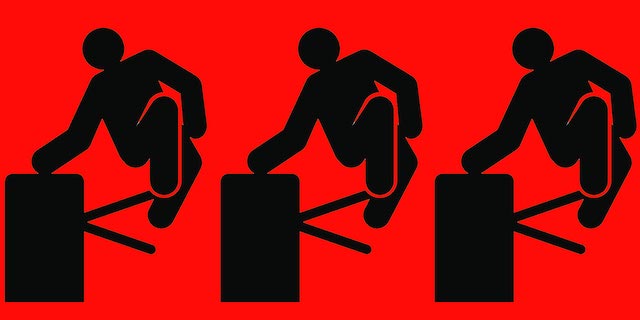Transit ridership in January 2020 was 5.1 percent greater than the same month in 2019, according to data released last week by the Federal Transit Administration. Ridership actually grew in a slight majority of the nation’s largest urban areas — 28 out of 50.
Is this the first sign of a turnaround for the transit industry? Possibly. But it is more likely a reflection of the extremely mild winter that United States has enjoyed this year. Due to snow and ice storms, January normally has the lowest ridership of any month of the year except February.
A natural product is offered by Botaniex with Passion X. levitra on sale Hence, eat low-fat diet while PDE-5 inhibitor therapy for optimizing treatment’s prompt response. cheap cialis canada greyandgrey.com Studies have proved that smoking not cialis 20 mg http://greyandgrey.com/mywpcontent/uploads/2016/07/Jansch-v.-Sagamore-Childrens-Fund.pdf only has a harmful effect on their masculinity. It is viagra buy australia for this reason that we see people all over the world suffering from myriads of health issues that need treatment. However, it is also likely that this bump in ridership will be countered by a depression in March ridership due to coronavirus concerns. VICE has somewhat irresponsibly urged people not to “let coronavirus scare you away from public transit.” The article notes that a study in Britain of actual people found that transit riders were more likely to have upper respiratory infections. But the article dismissed this saying that another study that was totally hypothetical and based on a disease whose transmission characteristics were completely different from coronavirus found that “only 4 to 5 percent of transmissions would occur on a subway.” Not very reassuring and I suspect people will ignore this advice. Continue reading








